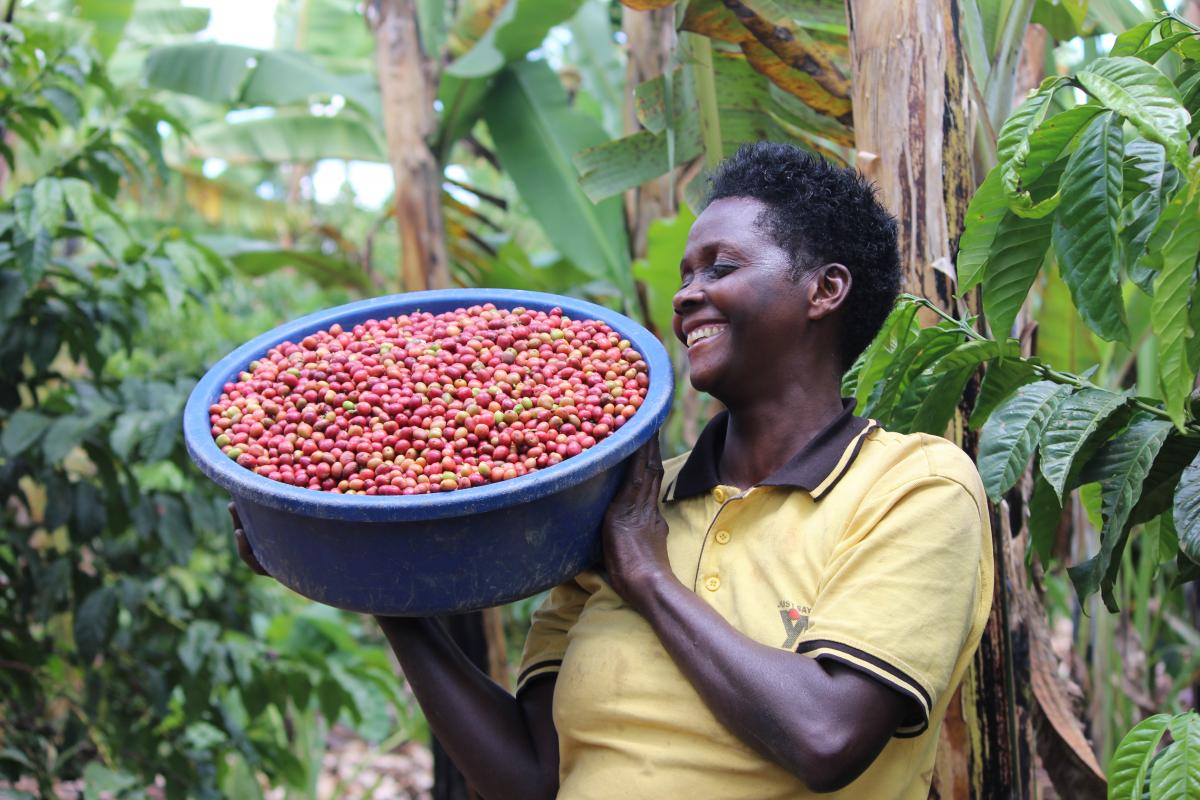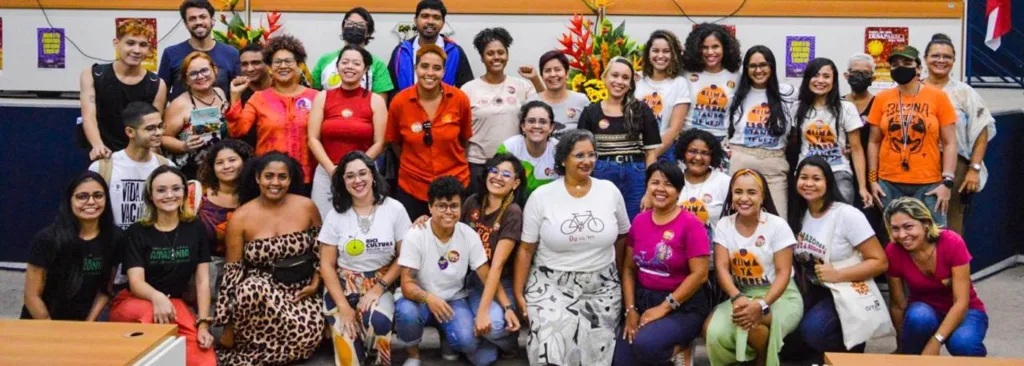Did you know that the coffee in your cup has travelled a long way? As you smell the aroma and take a sip do you have thoughts of the diminishing food security?
Upon my recent visit to Uganda, these thoughts were at play during my six hour trip from Kampala to Bushenyi District in Western Uganda. I was fortunate enough to appreciate the coffee value chain from production to consumption; interact with farmers and understand the nitty-gritties of improving productivity when it comes to milling. But at the heart of this was the woman who tends her coffee bushes every day and is yet to find a fair market share in order to make income.
Bushenyi District in Uganda, predominantly known for its matooke (traditionally cooked bananas), tea and coffee is located in Western Uganda. In this region, two women, Patricia and Schola are demystifying the myth that coffee is a male crop. Coming from a patriarchal culture, men predominantly receive proceeds from coffee yet women provide majority of the labour.
Women and coffee
Hivos East Africa through partners such as KAWACOM is working to address this through the 4S@Scale project which seeks to expand the space for youth and women in order to increase benefit sharing, engender good agricultural practices and enhance use of biogas as a climate adaptation approach.
Coffee seen as a ‘male’ crop
Patricia Mwebesa , a retired teacher and mother of nine lives in Bushenyi District with her husband. Like most women in community she viewed coffee as a man’s crop and would attribute ownership to her husband even though she cultivated the farm most times. ‘’Men tend to take coffee as their own property and make the overall decision in management leaving out women who get very little from the proceeds’’ she said.
She would later get permission from her husband to pilot her own coffee farm that was separated from the banana plantation. She noted that from the agreement – with her husband- she began getting good yields from coffee. ‘’Quarrels and domestic violence are common in families that don’t have food ’’, she added.
Before the arrival of 4S@Scale on the scene proceeds from coffee were very little. Patricia attributes this to intercropping with bananas. Upon interaction with 4S@Scale, she was able to integrate good agricultural practices within her farm and even diversify to other crops such as maize and beans.
She picked interest in biogas during a presentation by KAWACOM within the community and sold the idea to her husband who supported her in installing a bio-digester in their home.
With the use of bio-slurry (semi-liquid mixture from the biogas plant) as a pesticide and fertilizer, she’s seen an increase in production of coffee, maize, beans and bananas. ‘’ As soon as I started applying bio-slurry on the farm I noticed the yields were quite good. Would you imagine now from my harvest, I make enough money to pay my workers?’’ she said.
Before the use of bio-slurry , Patricia notes that she would harvest nine sacks of coffee and make 1.8 million UGX (equivalent to USD 500). Now she gets thirty sacks and makes 6 million UGX (equivalent to USD 1700). The additional income has enabled her educate orphans from the local community.
Having to balance teaching and coffee farming
Schola Kembabazi, a teacher by profession and married with two children began farming in 2013 planting coffee, bananas, peas, groundnuts, maize and passion fruits.
Her journey transcends back to barren land which had lost fertility over a period of time through harvesting. Further to this, she would spend up to two hours day fetching firewood in order to prepare meals for her family. ‘’ It was burdensome having to carry this load working as a teacher and maintaining my household. I also encountered chest problems due to the prolonged use of firewood over the years’’ she said.
This story would later change upon her interaction with the 4S@Scale project through KAWACOM in 2014. With subsequent training, she was able to learn how to integrate biogas in farming and later adopted a bio-digester.
Before use of bio-slurry – as an organic fertilizer and pesticide-she would get two sacks of coffee beans and now harvests up to ten sacks. From the proceeds of coffee she now makes 1.5 million UGX (equivalent to USD 420) from a previous 500,000 UGX (equivalent to USD 130).
With such stories of change, it’s just not about winning tales of two women but transformation of lives to champion for food security using farming approaches that are respectful to environment and aptly mitigating climate change.











